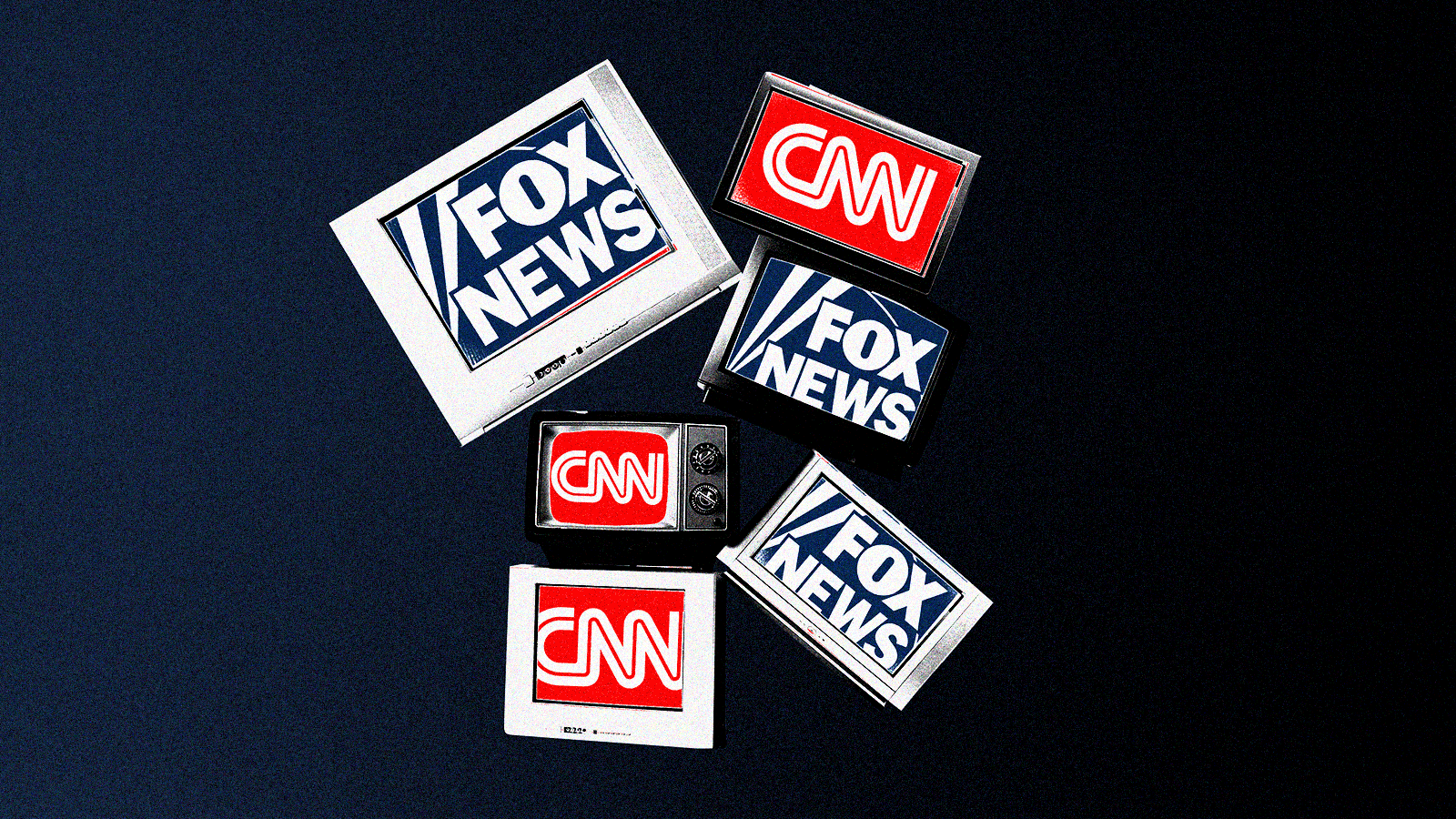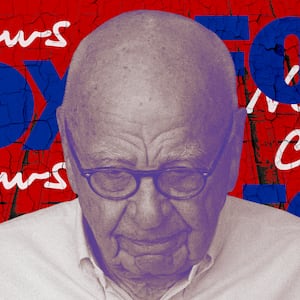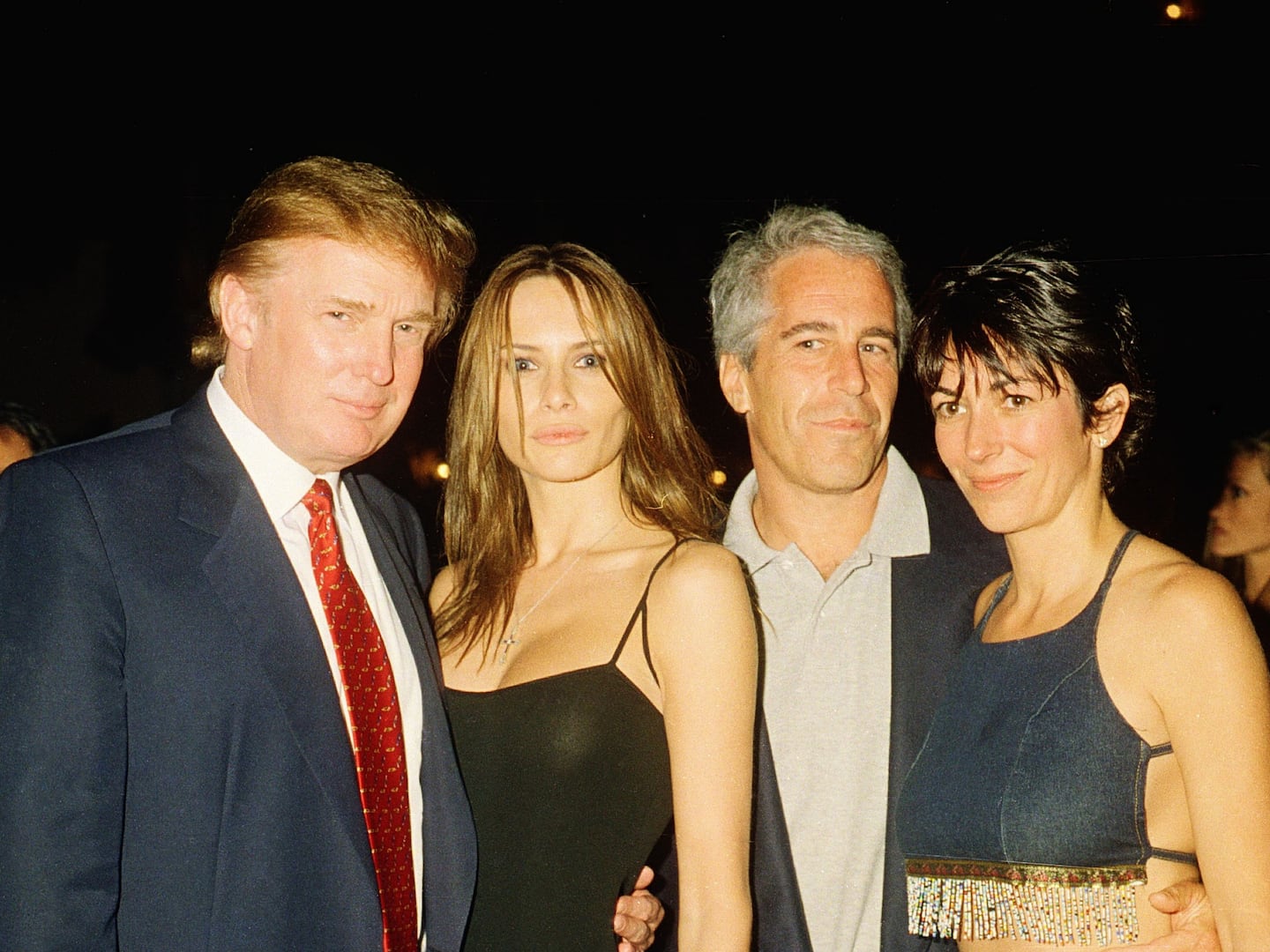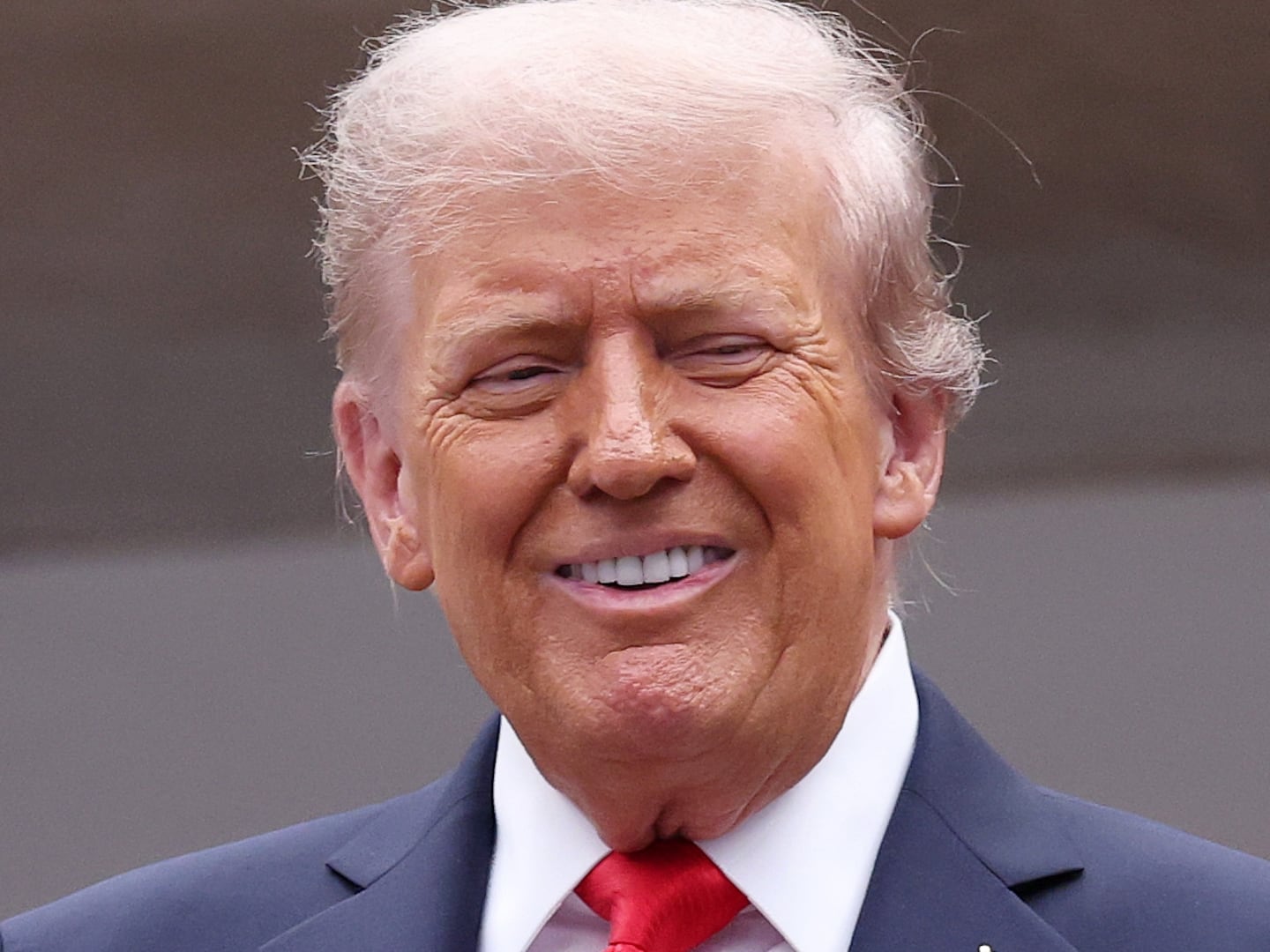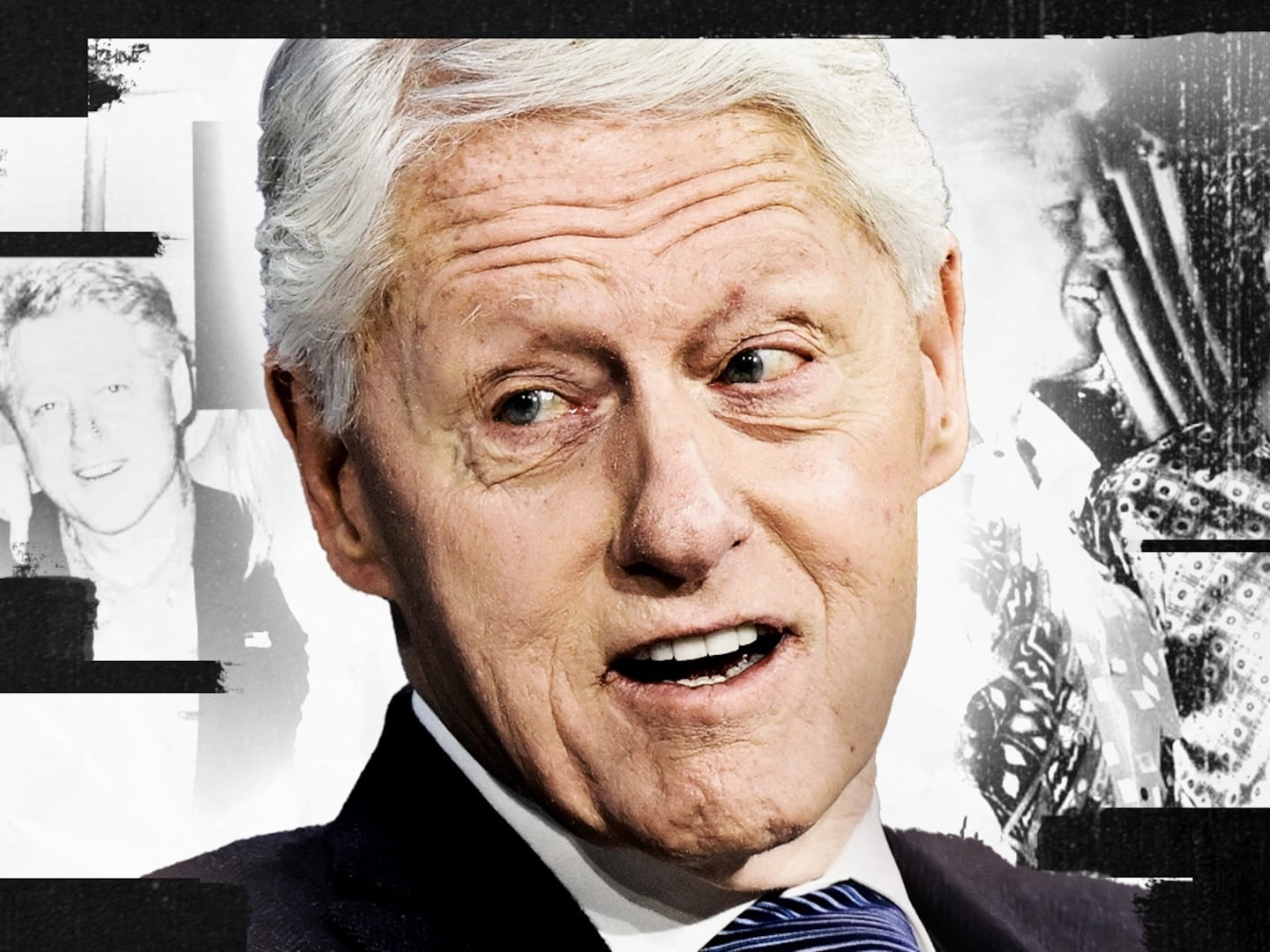Prince Harry’s mission as the slayer of his tabloid demons, brought into stark public view earlier this month during his testimony in a London court in his case against the Daily Mirror, amounted to more than just an unprecedented break from royal protocols. It also seemed like an archaeological dig into the last age of print mass media.
After all, what could be more fossilized than the portrait provided of the London print tabloids at their zenith? There was a quaint period quality to the recital of stories produced in newsrooms seething with ruthlessly competitive hacks in which no expense was spared in the pursuit of scoops, while in the basement the presses were printing millions of copies of the papers every day.
Culturally, the image of a newsroom as a zoo goes back at least as far as 1928, when Ben Hecht and Charles MacArthur wrote the play Front Page set in the fictional tabloid, the Herald Examiner, where the editor, Walter Burns, drove his reporters to abandon all norms of behavior in the hunt for scoops.
This aberration came about because the basis of Harry’s allegations was that the 140 stories involving him were gathered by using unlawful methods (he cited 33 of them in court) between 1996 and 2010.
That means the narrative trail begins before the onset of the technological tsunami that has since killed off thousands of newspapers and hollowed out all but a few of those left—that is two years before Google was born, and with Facebook and the iPhone still years away.
It’s been a punishing time for journalism. But it is surely hard to make a case for the kind of journalism that is being litigated here.
What’s striking about the stuff revealed in the court testimony was—whether lawless or not—its puerility, and the cynicism of the business model behind it. In the pursuit of royalty, nothing was too trivial, from Harry’s bruised wrist to tantrums from a girlfriend over his visit to a lap-dancing club. But make no mistake, this was the drivel that sold papers and on which media empires were built.
It’s also important to remember how this business model drove the darker side of the hacking scandal, particularly the incident that exposed the sickness of the newsroom of The News of the World and the wave of revulsion that gripped public opinion and forced Rupert Murdoch to close the paper, when it came out that they had hacked the voicemail of Milly Dowler, a 13-year-old schoolgirl, six days after she went missing in 2002. She had, in fact, been murdered and six months later her body was found.
In the end, for Murdoch, that business model wasn’t too smart. He has reportedly had to set aside more than $1 billion to cover the costs of the long drawn-out court cases.
The three newspaper groups that Harry is pursuing, the Mirror, the Daily Mail and Murdoch’s News Group Newspapers, publishers of the Sun and The News of the World, are all still with us, but their print editions are pale shadows of their former selves: as market leader, the Sun hit its peak sales in 1994 selling 4.3 million copies a day. Today it doesn’t disclose its print sales. The Mirror has fallen from more than 2 million copies a day to 280,000.
They remain viable only because of their digital versions: Online audience for all three of the British editions is measured by a monthly number: the Sun at 26.3 million, the Mirror at 25.3 million and the Daily Mail at 24.3 million.
Of the men behind those three businesses it was only Murdoch who found a new business model that made the print tabloids seem like very small beer. When Fox News launched in 1996 nobody—including Murdoch—foresaw what a mother lode it would become, overtaking CNN in 2002 as the most watched cable news channel and then, driven by Roger Ailes, morphing into its ultimately depraved version of primetime cable news.
However, Murdoch’s astonishing recovery from the tabloid scandal and his late-life status as a global mogul is not based on new media. It’s still an extension of that old media world of the last century and a business model based on pushing to the egregious depths of journalism. He’s never got digital. Even given tuition by Steve Jobs into new platforms with the launch of the iPad, his effort, The Daily, was a dismal flop.
Meanwhile, CNN, despite losing out in the ratings, for a while held to the journalistic standards on which it was founded. After all, this was the brand that Ted Turner built on one breathtaking idea: that technology had made it possible to move cameras out of the studio and go anywhere in the world, capturing live history as it happened, 24/7. If you think streaming is a transforming experience you’ve forgotten just what CNN pioneered in television journalism to become the sui generis breaking news source on every continent, and so important that it was beamed into the situation room in the White House as the indispensable eye otherwise absent.
In 1980 that was new media.
That’s why it’s so ineffable to see the wretched state of CNN now after the short but catastrophic reign of Chris Licht. But there’s no single cause for the network’s decay. Discontinuity of ownership didn’t help. First, the merger with Time Warner in 1996 brought together two incompatible cultures (the Time part was a classic case of old media walking confidently toward death row without knowing it); falling under the control of AT&T was an even greater mismarriage and then the confusion of brands became even more damaging with the creation of Warner Bros. Discovery where John Malone, long-time cable mogul and board member and the Discovery CEO David Zaslav unnerved CNN journalists with noises off about making the network “more vanilla.”
But, even before the Time Warner merger, CNN had lost its unique strengths as a pioneer of the 24-hour news cycle. It suffered the fate of many innovators: stasis verging on complacency. Then, in the last decade, a “magazine” mentality took over from mainstream journalism and a lunge into historical documentaries produced a series of strangely dated duds.
But this isn’t a case of new media suddenly becoming, like the tabloids, old media. It isn’t Fox News that exposed the real CNN problem. It’s MSNBC. With an average primetime audience of around 1.14 million against around 473,000 for CNN, MSNBC has become what CNN could and should have become, a masterful balance of reporting and analysis.
Moreover, the integrity and reach of NBC as a legacy newsroom underpins this performance; the influence of that standard is evident in every hour of programming. The daytime bench is as deep as primetime, and at weekends MSNBC is far more nimble with breaking news than CNN, which seems to turn the lights out on Friday night. The one off-note is a tendency to stay so close to the metropolitan liberal chatter that valid countervailing voices seem locked out.
And MSNBC has managed to blur the line between new and old media, partly through the inventions of the prodigiously fertile Rachel Maddow.
There is a perhaps unconscious irony in the title of her latest podcast format: Deja News. This is partly the brainchild of her long-time producer Isaac-Davy Aronson who introduced to her primetime show the idea of giving context to breaking stories by finding precursors in history. That gelled well with Maddow’s serpentine narratives (which sometimes take too long to reach base) and is smart use of podcast time.
But Deja News, in another sense, might also describe the condition of CNN.

